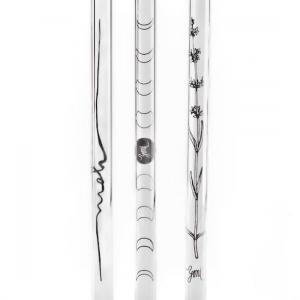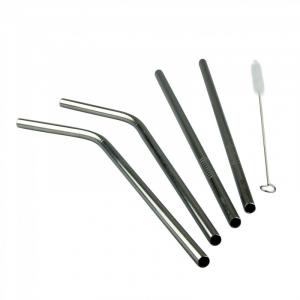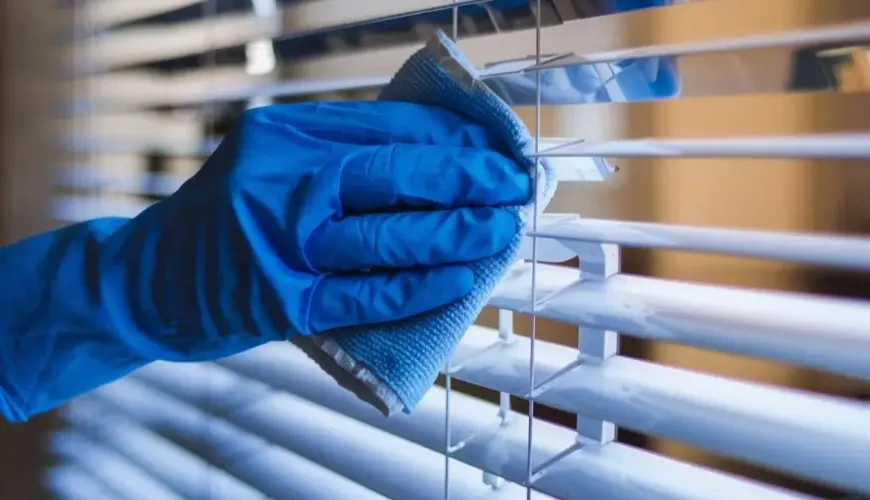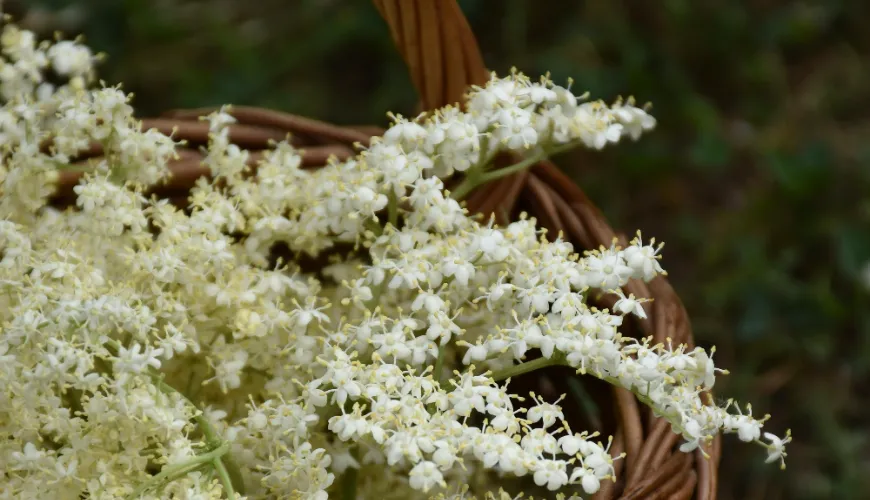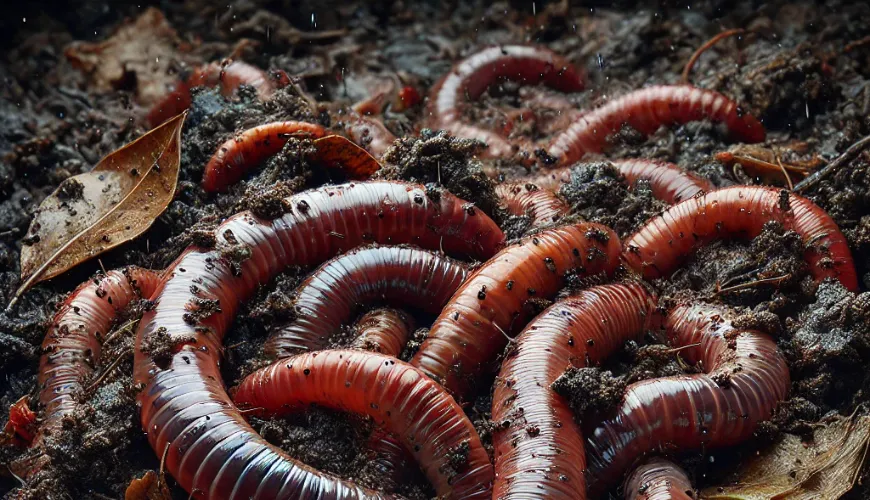
How Plastic Straws Destroy the Planet and What to Replace Them With
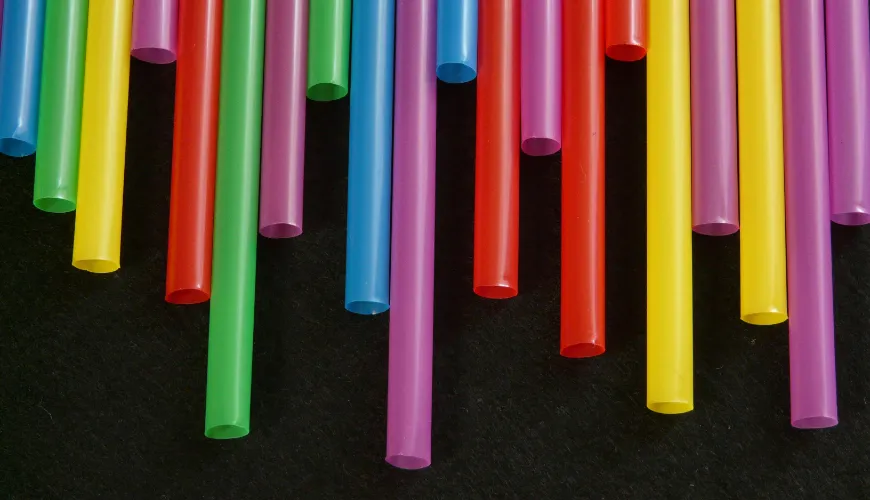
Plastic straws have become an integral part of our daily habits, whether we realize it or not. In restaurants, cafes, or at home, we often use them thoughtlessly, without considering their long-term impact on the environment. But what do we really know about plastic straws, and what are their ecological alternatives? This article will guide you through the issue of plastic straws, the environmental consequences of their use, and outline possible solutions that can help mitigate their negative impact.
History of Plastic Straws
The history of using straws made from various materials is quite long and rich. The first historical mentions would take us back several millennia, to the area of ancient Mesopotamia, where drinking beer through a straw is documented as early as around 3000 BC. Of course, not made of plastic. The first commercially produced plastic straws appeared in the mid-20th century as a replacement for paper and glass straws. They were cheap, practical, and very durable, which led to their mass production and spread worldwide. Originally, they were considered a hygienic and modern alternative that facilitated the consumption of beverages without the fear of contamination.
The subsequent addition of a "bend" at the top of the straw made drinking beverages more comfortable, and the straw boom was fully launched, supported (not only) by the fast-food culture. Plastic straws quickly became popular because they were cheap to produce and readily available. Their low cost and versatility led them to become a standard accessory in gastronomy, from fast food to luxury restaurants and bars. Unfortunately, their convenience and availability came at a price – environmental impacts that became apparent only later.
Environmental Consequences of Using Straws
One of the biggest problems associated with plastic straws is their long decomposition time. The plastic from which straws are made is designed to be durable and long-lasting, which means it can take hundreds of years to fully decompose. This results in the accumulation of plastic waste in nature, particularly in the oceans, where plastic straws often end up.
According to studies, it is estimated that more than 8 million tons of plastic waste end up in the oceans every year. Plastic straws make up a significant portion of this waste, even though they are small and lightweight. According to some studies, they are even among the top 5 "contributors" to ocean pollution. Marine creatures, such as turtles, birds, and fish, often mistake plastic straws for food, which can lead to their injury or death. This problem is particularly severe in tropical and subtropical areas, where plastic waste easily spreads due to ocean currents and wind.
Regulations and Bans
With growing awareness of the negative impacts of plastic waste, many countries have decided to take corrective steps. The European Union and several other countries have introduced bans on single-use plastic products, including plastic straws. These regulations are motivated by the effort to reduce the amount of plastic waste and protect the environment.
In 2019, the European Union approved a directive that bans the sale of single-use plastic products, including straws, cutlery, plates, and cotton swabs, by 2021. This directive is part of a broader EU strategy to reduce plastic waste and promote a sustainable economy. Similar steps have been taken by some American states and cities, such as California and New York.
Alternatives to Plastic Straws
Fortunately, there are ecological alternatives to plastic straws that can help reduce our ecological footprint. Among the most popular are glass and stainless steel straws. These alternatives are not only more environmentally friendly but also practical and aesthetically pleasing.
Glass straws are elegant and reusable. Made from durable glass, they are easy to clean and can be used repeatedly. Glass straws are entirely recyclable, which means if they break, they can be melted down and reused. This type of straw is ideal for home use and for those who value style and sustainability. Glass straws also have the advantage of not affecting the taste of drinks, which is often cited as one of the reasons why many people prefer them.
Stainless steel straws are another excellent alternative. Made from high-quality stainless steel, they are resistant to corrosion and wear. Stainless steel straws are easy to clean and can be used for many years. They are ideal for those looking for a robust and long-lasting solution. Additionally, they are also recyclable, contributing to their ecological friendliness. Stainless steel straws are very popular among people who travel frequently or have an active lifestyle because they are very durable and easily portable.
If you're looking for quality alternatives to plastic straws, check out our range of glass and stainless steel straws on our webshop Ferwer. We offer a wide range of products that are not only practical but also environmentally friendly. Investing in glass or stainless steel straws is a small step that can have a big impact on reducing plastic waste.
Try our natural products
Why Switch to Alternatives?
Switching to glass or stainless steel straws is not only an environmentally conscious step but also financially advantageous. Although the initial investment may be higher than buying single-use plastic straws, long-term savings are evident and will only grow with years of use. Reusable straws last much longer and reduce the need for constant purchasing of new disposable products.
For example, a glass straw can be used for many years without losing quality. Stainless steel straws are practically indestructible, making them an ideal choice for everyday use. Investing in quality and environmentally friendly straws will not only save you money but also contribute to the protection of our planet.
Try our natural products
How to Care for Glass and Stainless Steel Straws
Caring for glass and stainless steel straws is very simple. Most of them are dishwasher safe, which makes them easy to clean. For manual washing, simply use warm water and a mild detergent. To clean the inside of the straws, special brushes can be used to ensure the straw is always clean and ready for use.
Regular cleaning is important to prevent the accumulation of bacteria and drink residues. Glass straws can also be sterilized by boiling, which is useful for those who want to ensure maximum hygiene. Stainless steel straws can be cleaned in the same way, ensuring their long life and safety in use.
A Future Without Plastic Straws
A world without plastic straws is possible and achievable. With growing awareness of the ecological issues associated with plastic waste and the availability of sustainable alternatives, more and more people are opting for change. Every step towards a more sustainable lifestyle, whether it's switching to glass or stainless steel straws, contributes to protecting our planet.
